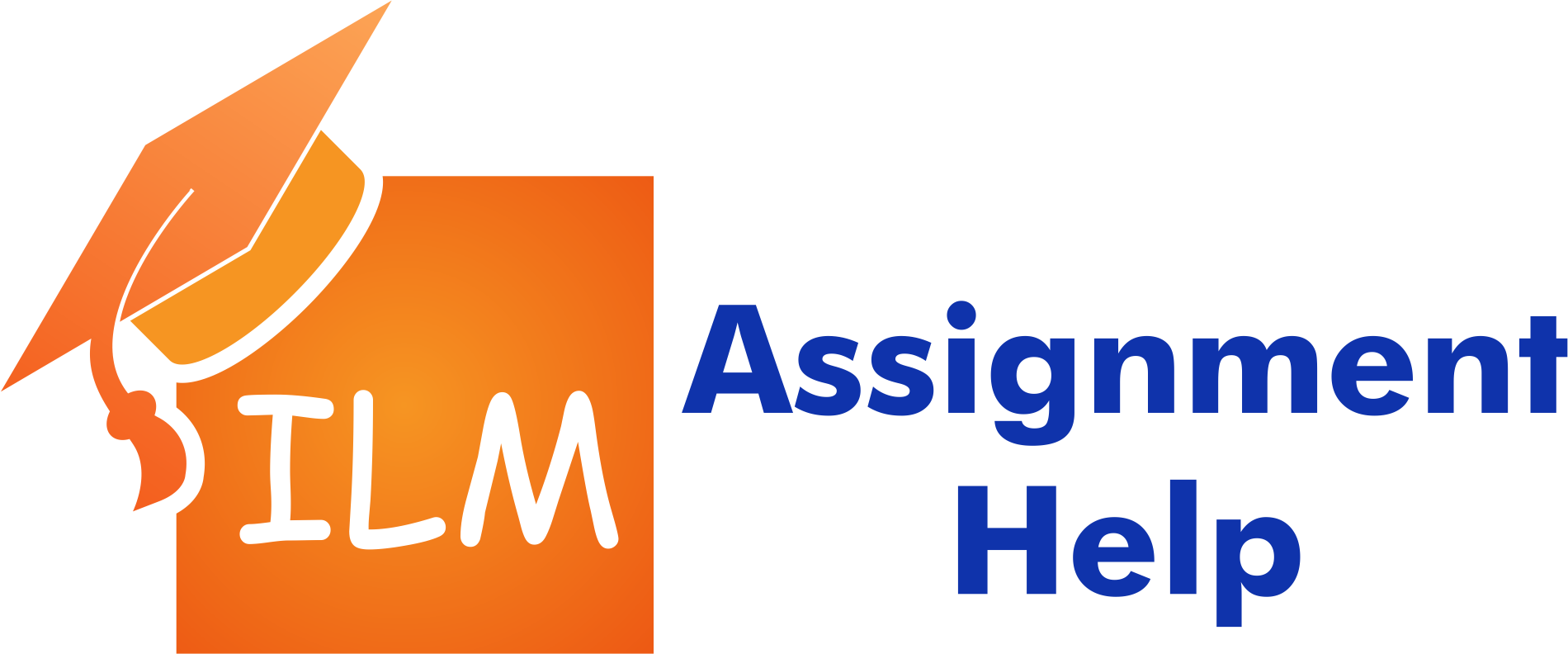Did you enjoy our articles?
Click the order button below to get a high-quality paper.
You can talk to the writer using our messaging system and keep track of how your assignment is going.
Order Now / اطلب الان
This unit emphasises evidence-based, outcomes-driven, and principles-led practice in advancing the people profession’s primary mission. It investigates how people professionals add value and deliver results for organisations and employees and how contributing to the achievement of business objectives improves performance and improves the employee experience. It also emphasises the need for policy and practice be presented in a consistent, integrated, and aligned manner with organisational goals.
You will understand the advantages and disadvantages of aligning people’s practice methods with organisational objectives and learn about how organisations integrate people’s practice with culture, brand, and values, including evaluating data sources, used to shape people’s practice. Through resourcing and performance management evaluation, you will grasp contemporary people’s practices. You will also study learning and development and organisational design and development. Understanding the role and influence of people professionals is a key part of your learning for this unit. You will debate the merits of the different and varied ways people’s practice is organised and structured in organisations. Finally, you will assess the practical and ethical difficulties of data analytics and technology advancements.
Learners should comprehend the following unit-related learning concepts:
Objective 1
Learners should comprehend the goals of people practises, which include providing value for all organisational stakeholders to assist with enhanced company success. Furthermore, the learners comprehend the workforce planning technique for increasing the recruitment and selection of skilled people involved in accomplishing the organisational job and supporting better workplace performance. Other goals include promoting employee well-being through performance management at work, change management, and development. Finally, learners should understand how to integrate goals and establish policies into organisational strategies to define and implement people’s properly practice objectives at work. This means they should be aware of vertical integration at work to improve effective people management methods and effective risk management and mitigation.
People’s practices are incorporated into organisational brands and culture by formulating and implementing policies that are compatible with the organisation’s strategies. Learners in this learning outcome should understand how to identify gaps and hazards that may impede the implementation of policies that increase workplace performance. In addition, people professionals are responsible for developing strong relationships with all organisational stakeholders to build a respected brand and a positive reputation in the market. This is important in developing an organisational culture that appreciates achievement and substantially impacts the organisation.
Learners develop an understanding of how organisational systems enable increased work performance. People professionals strengthen their talents to manage people’s practises at work using strategic and systematic thinking. The students understand how to take a holistic approach to link people professionals to activities that help them perform better at work. People specialists learn how to manage people holistically and, as a result, increase employee well-being.
Objective 2
Learners must comprehend the models that underpin people’s behaviours and how the models are linked to greater organisational performance. This unit discusses the low-cost approach, the hard and soft HR models, and the high commitment, high-performance approaches. These models are employed in different ways, and learners should understand how to use them to increase performance.
Additionally, learners should be aware of the following favourable benefits that employers gain when their employees do well at work. Among these advantages are financial gains for the organisation, increased levels of customer satisfaction, lower absenteeism and turnover rates, and improved staff well-being. Furthermore, personnel in high-performing organisations are more committed to the organisation and their coworkers. The AMO (Abilities, Motivation, and Opportunities) model, the Harvard model, and the Warwick 5Ps model are among the models that can help explain this. Learners will also learn how to analyse the models and apply them to promote organisational best practices in people management. This is accomplished by considering contingency and resource-based techniques that maximise human and organisational capacities to enable increased work performance.
Objective 3
The unit teaches people professionals about the areas in which they should take responsibility for managing people at work. Employee recruitment, selection, and retention are examples of these sectors, as is employee development through L&D programmes and employee relations. Other aspects of understanding the job of people professionals include encouraging and engaging professionals to lead them to reach organisational goals and so record enhanced work performance. There should also be an emphasis on promoting excellent administration at work.
Before finishing this lesson, learners should grasp the evolution of recruiting and selection actions. They should also be aware of recent workforce planning and talent retention trends. The Covid-19 consequences on these HR practices and the actions that professionals engage in to complete the HR functions and practice should be considered by the learners. The advancements in managing rewards and performance are also identified to make employees feel content and devoted to their jobs.
Among the themes that learners debate in this section are theories and advancements in the HR function’s learning and development sector and developments supporting organisational design and development. To comprehend this, students must first comprehend the many sorts of organisational structures and processes and the various activities carried out within such organisations.
Employee relations refer to employers’ various relationships and interactions with their employees. As a result, learners should be aware of advances in this specialised knowledge field in human resources. These are concerned with improving procedures and processes used to improve employee interactions. Furthermore, the learners comprehend changes in work patterns, such as the rise of the gig economy and an increase in the number of employees seeking informal work structures. Other developments to which learners should pay attention include diversity and inclusion. Learners in this instance analyse concerns such as employee inequities, equal access to work, gender wage disparities, reporting of the same, and unconscious prejudices at work.
Objective 4
Learners should be able to distinguish between people’s activities in private and public corporations and the differences between small and medium-sized businesses and non-profit organisations. The students should also consider the actions of international organisations. These are critical in describing organisational structures, and the effectiveness of human practises within those organisations. Learners gain insight into how operations are carried out with the assistance of leaders and managers and the assistance of outsourced people.
The CIPD provides a forum for professionals to engage and share expertise and information about their fields. The CIPD is a community of professionals who may network and support one another to improve the delivery of people’s practices to enable enhanced organisational performance. Professionals debate and come up with updated information through the platform’s reports and debates, allowing professionals to obtain the most recent modifications on the various people’s practises activities.
Other professional responsibilities and effects include:
The unit contains a wealth of knowledge on people practises that increase organisational success. Upon completion of the lesson, learners will be able to analyse and integrate people’s practices to establish an atmosphere in which leaders and managers record improved performance.
Resources:
Collings, D.G., Wood, GT and Szamosi, L.T. (eds) (2019) Human resource management: a critical approach. 2nd ed. Abingdon: Routledge
D’Souza, D. (2020) Change management, available from https://www.cipd.co.uk/knowledge/strategy/change/management-factsheet
Gifford, J. and Young, J. (2021) Employee engagement and motivation, available from https://www.cipd.co.uk/knowledge/fundamentals/relations/engagement/factsheet
Maxwell, G. (2021) Employee turnover and retention, available from https://www.cipd.co.uk/knowledge/strategy/resourcing/turnover-retention-factsheet
Peters, R. (2020) employer brand, available from https://www.cipd.co.uk/knowledge/fundamentals/people/recruitment/brand-factsheet
Suff, R. (2021) Well-being at work, available from https://www.cipd.asia/knowledge/factsheets/wellbeing
Taylor, S. (2018) Resourcing and talent management. 7th ed. London: Chartered Institute of Personnel and Development.
Weeks, A. (2020) Workforce Planning, available from https://www.cipd.co.uk/knowledge/strategy/organisational-development/workforce-planning-factsheet
Related Articles:
Click the order button below to get a high-quality paper.
You can talk to the writer using our messaging system and keep track of how your assignment is going.
Order Now / اطلب الان
